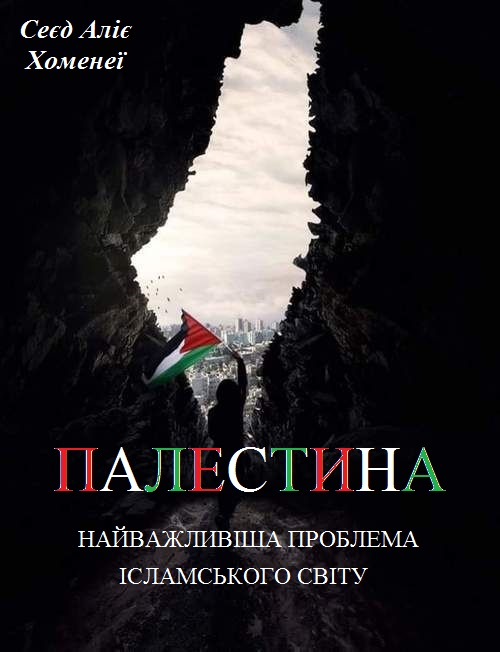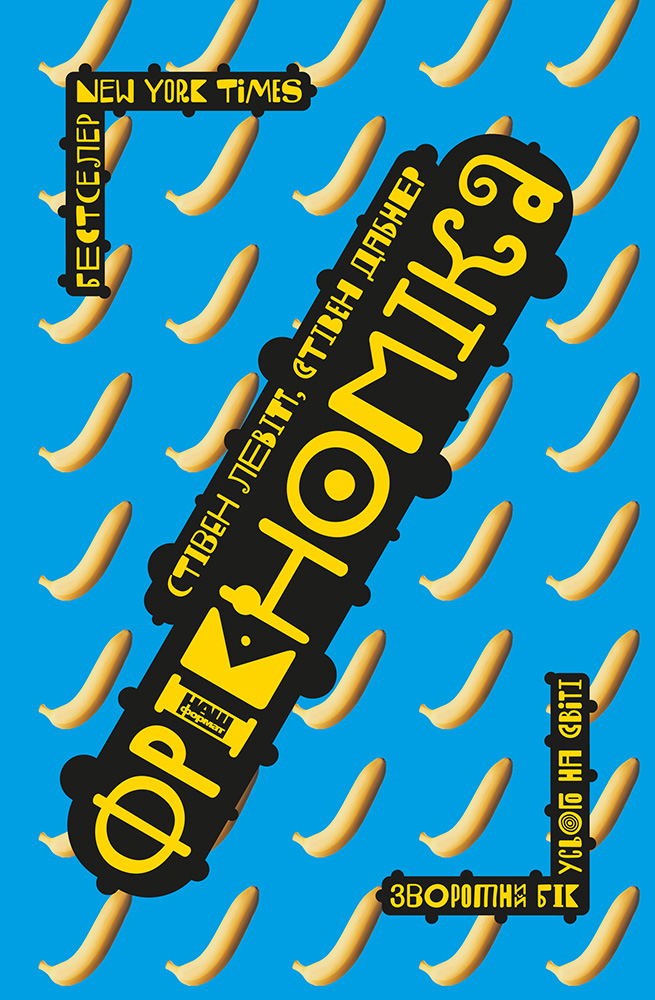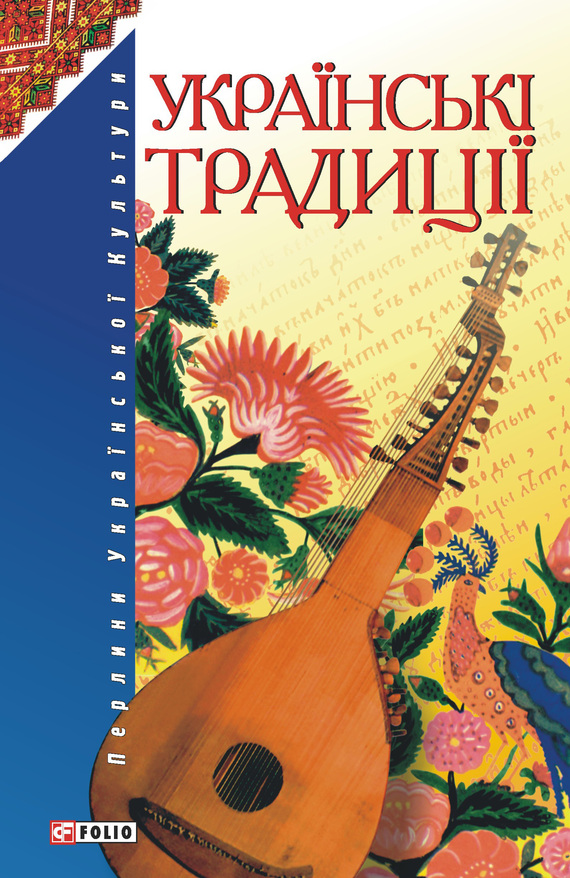Читати книгу - "Genghis Khan and the Making of the Modern World"
Шрифт:
Інтервал:
Добавити в закладку:
Temujin allowed another year to restore peace and mend relations before he called the khuriltai to install him in office. In 1206, the Year of the Tiger, Temujin returned to the headwaters of the Onon River near his sacred mountain of Burkhan Khaldun and summoned a khuriltai, probably the largest and most important ever held in steppe history. Tens of thousands of animals grazed nearby to provide milk and meat for the festivities. The lines of gers stretched for miles in every direction from the camp of Temujin, and at the center of all stood the horsehaired sulde, the Spirit Banner that had guided Temujin to this event. Days of great solemnity and massive ceremony alternated with days of celebration, sports, and music. The court shamans, including Teb Tengeri, pounded their drums and sang by day, and musicians performed at dusk. The night air filled with the mesmerizing drone of the distinctive type of Mongolian throat singing, or overtone singing, in which men make sounds from so deep inside their bodies that they can follow two musical lines simultaneously. As with every major political event, young people competed in wrestling, horse racing, and archery, the traditional games of the Mongol known as naadam.
Temujin controlled a vast territory roughly the size of modern western Europe, but with a population of about a million people of the different nomadic tribes under his control and probably some 15 to 20 million animals. He ruled not merely as the khan of the Tatars, the Kereyid, or the Naiman. He was to be the ruler of all the People of the Felt Walls, and for this new empire, he chose a new official name derived from his own tribe. He named his people Yeke Mongol Ulus, the Great Mongol Nation. After uniting all the people, he abolished inherited aristocratic titles in their lineages, clans, and tribes. All such offices belonged to the state, not to the individual or his family, and they would be distributed at the will of the new ruler. For himself, Temujin rejected the older tribal titles such as Gur-Khan or Tayang Khan and chose instead the title that his own followers probably already used for him, Chinggis Khan, a name that later became known in the West through the Persian spelling as Genghis Khan. The Mongolian word chin means strong, firm, unshakable, and fearless, and it is close to the Mongolian word for wolf, chino, the ancestor from whom they claimed descent. It was a simple, but fitting, title for the new khan.
Like most successful rulers, Genghis Khan understood the political potential of solemn ceremony and grand spectacle. Unlike most rulers confined within the architecture of buildings such as palaces or temples, however, the installation of Genghis Khan took place on the vast open steppe, where hundreds of thousands of people participated.
Mongol public ceremonies created a marked impression on visitors and chroniclers who described them in detail. The fullest surviving account available comes from the seventeenth-century French biographer François Pétis de la Croix, who had access to now-lost Persian and Turkish documents of the era. According to Pétis, Genghis Khan’s followers “placed him upon a black Felt Carpet, which they had spread on the Ground; and the Person who was order’d to give the Peoples Voice, pronounc’d to him aloud the Peoples Pleasure.” The speaker admonished Genghis Khan “that whatever Authority of Power he had given him, was derived from Heaven, and that God would not fail to bless and prosper his Designs if he govern’d his Subjects well and justly; but that, on the contrary he would render himself miserable if he abused that power.”
The ceremony provided an unmistakable sign of support from his followers, who publicly demonstrated their submission by raising him up on a carpet above their heads and literally carrying him to the throne. Then they “bow’d their knees nine times before this new Emperor, to shew the Obedience they promised to him.” Just as the presence of each lineage committed its support to Genghis Khan, the presence of each shaman showed that his spirits and dreams had instructed him to do likewise. Without an organized religion, the shamans conferred a spiritual blessing on the event and made it more than just a political occasion. Through their presence, the event became a sacred proclamation of Temujin’s spiritually ordained destiny from the Eternal Blue Sky.
Shamans beat the drums, chanted to the spirits of nature, and sprinkled airak into the air and on the ground. The assembled throngs of people prayed, standing in uniform ranks with the palms of their hands facing upward toward the Eternal Blue Sky. They concluded their prayers and sent them skyward with the ancient Mongol phrase “huree, huree, huree” that ended all prayers, similar to the Christian use of amen. This spiritual act made each of them a part of the election and sealed a religious covenant not just between themselves and their leader but also with the spiritual world.
Most leaders, whether kings or presidents, grew up inside the institutions of some type of state. Their accomplishments usually involved the reorganization or revitalization of those institutions and the state that housed them. Genghis Khan, however, consciously set out to create a state and to establish all the institutions necessary for it on a new basis, part of which he borrowed from prior tribes and part of which he invented. For his nation-state to survive, he needed to build strong institutions, and for Genghis Khan this began with the army that brought him to power; he made it even stronger and more central to government. Under Genghis Khan, cowherds, shepherds, and camel boys advanced to become generals and rode at the front of armies of a thousand or ten thousand warriors. Every healthy male aged fifteen to seventy was an active member of the army. Just as he had done when first elected
Увага!
Сайт зберігає кукі вашого браузера. Ви зможете в будь-який момент зробити закладку та продовжити читання книги «Genghis Khan and the Making of the Modern World», після закриття браузера.




